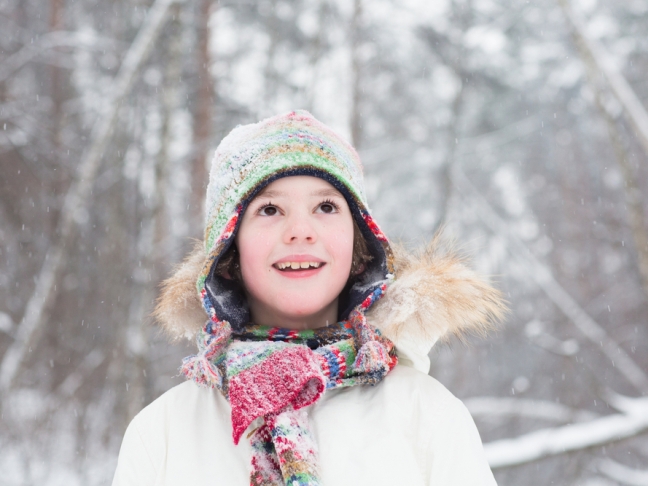While preparing for a storm as an adult can be stressful, but preparing with kids brings anxiety and stress to an entirely new level. Parents not only are concerned with their own wellbeing, they’re responsible for protecting and meeting the needs of their children.
With winter in full swing, it’s essential that parents who live…








